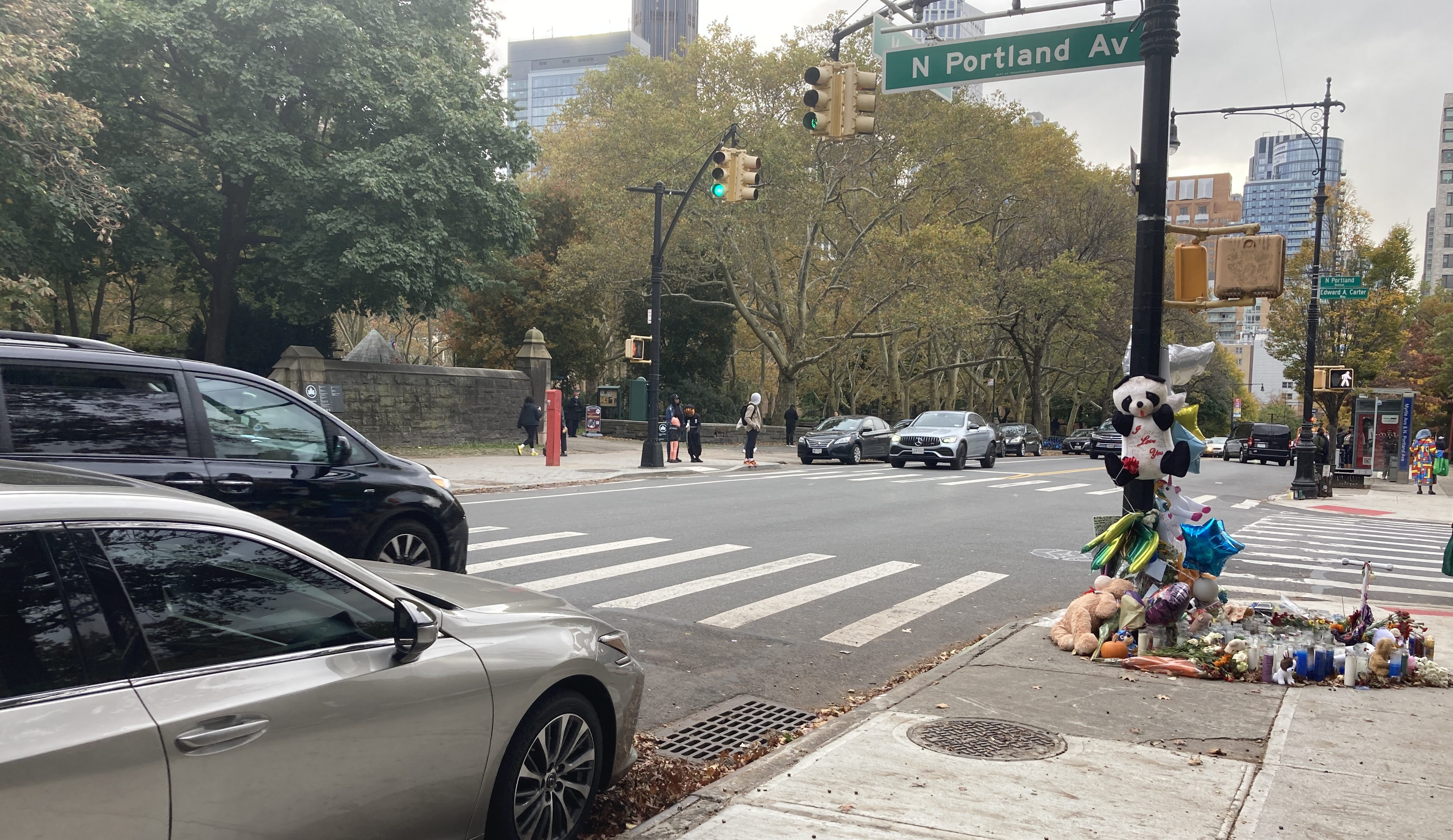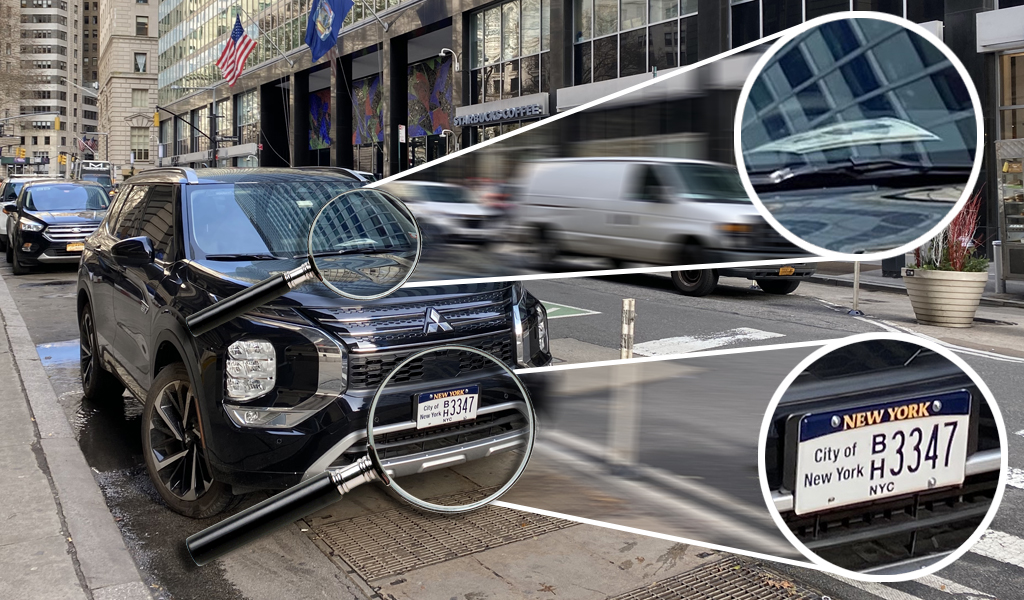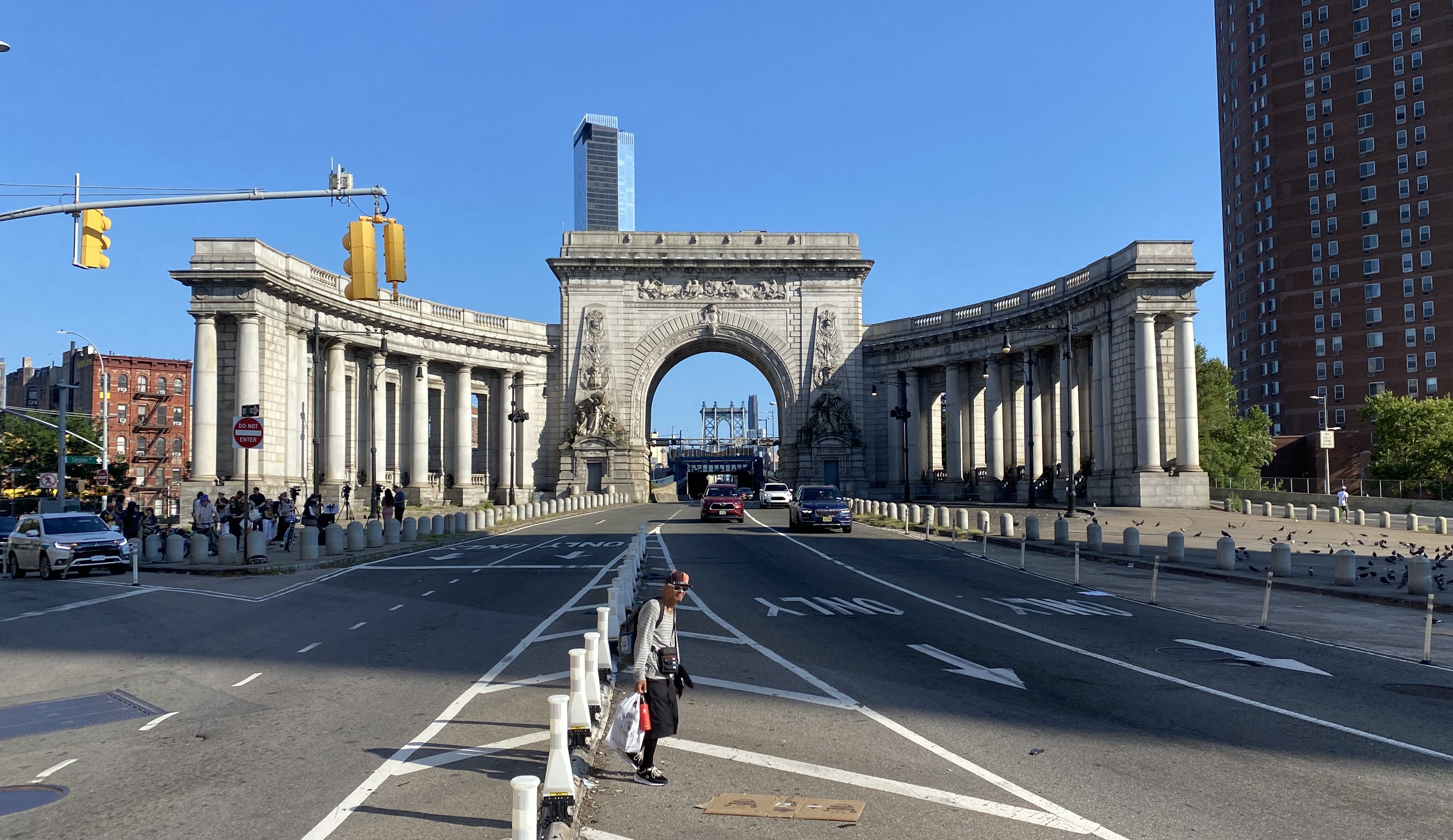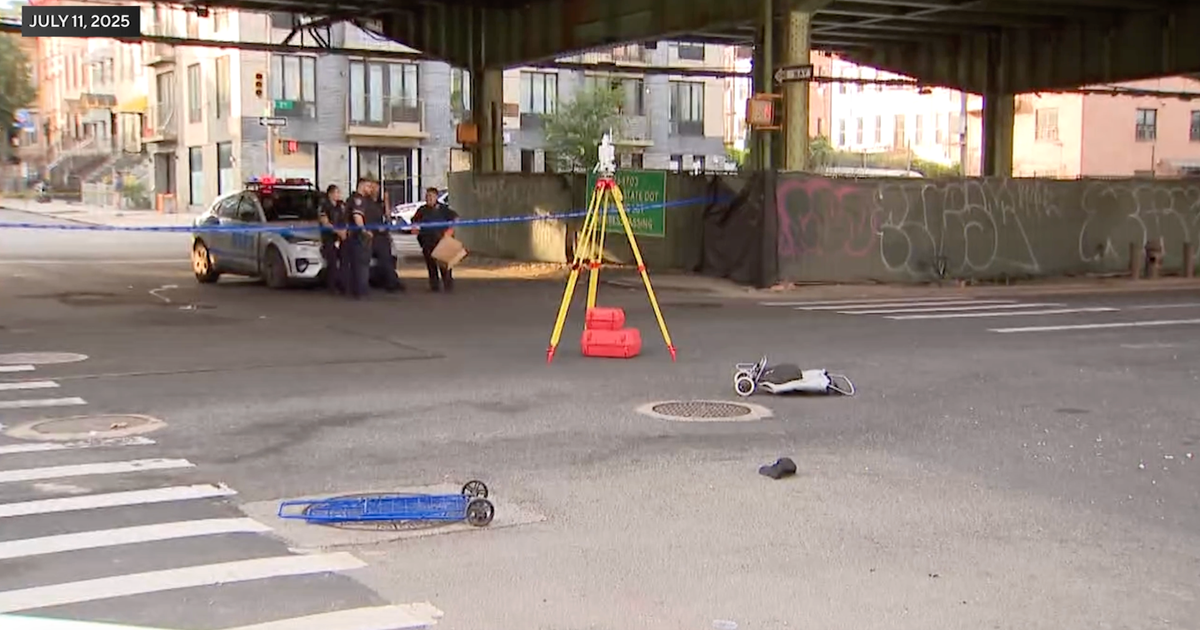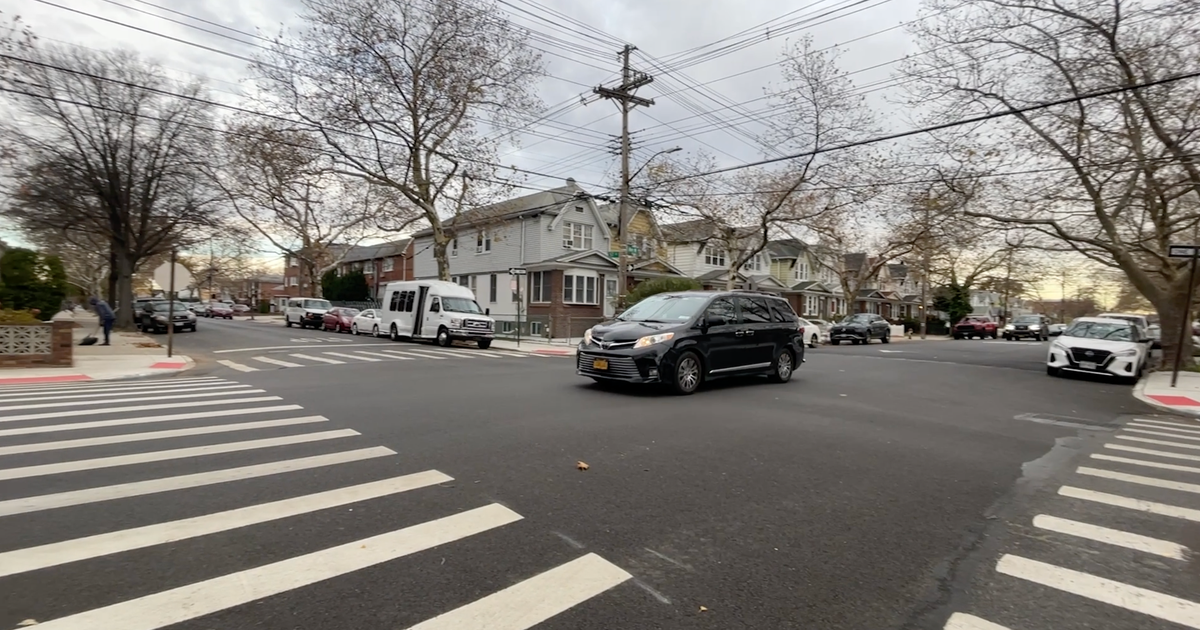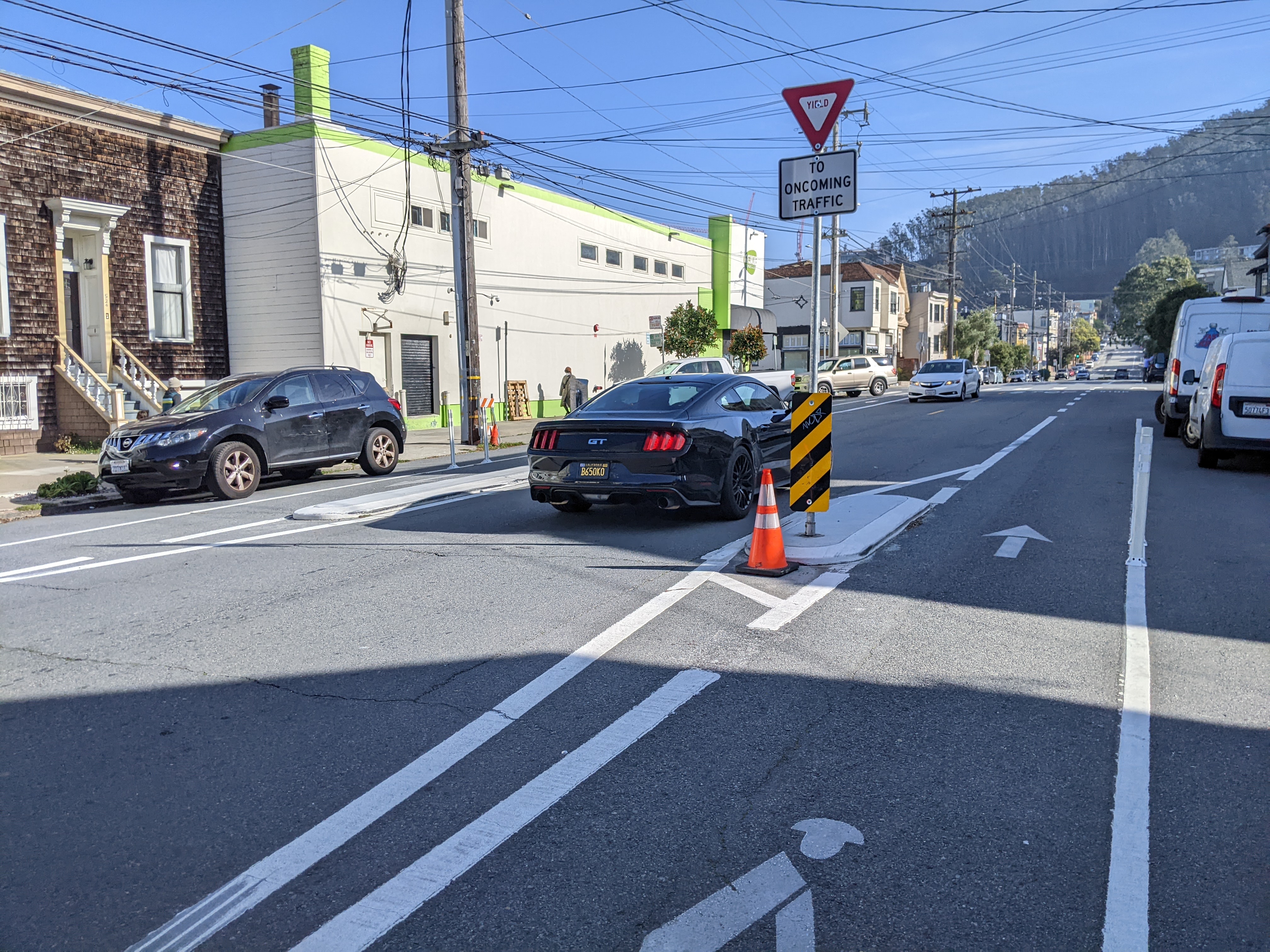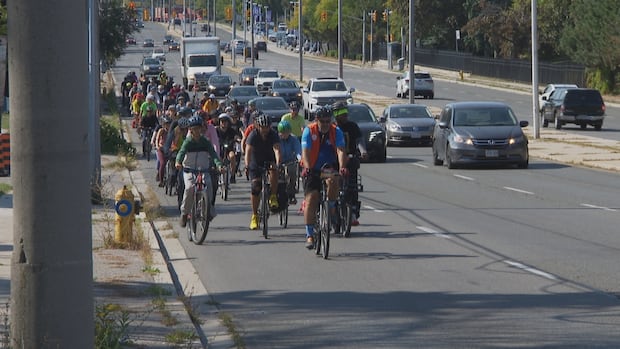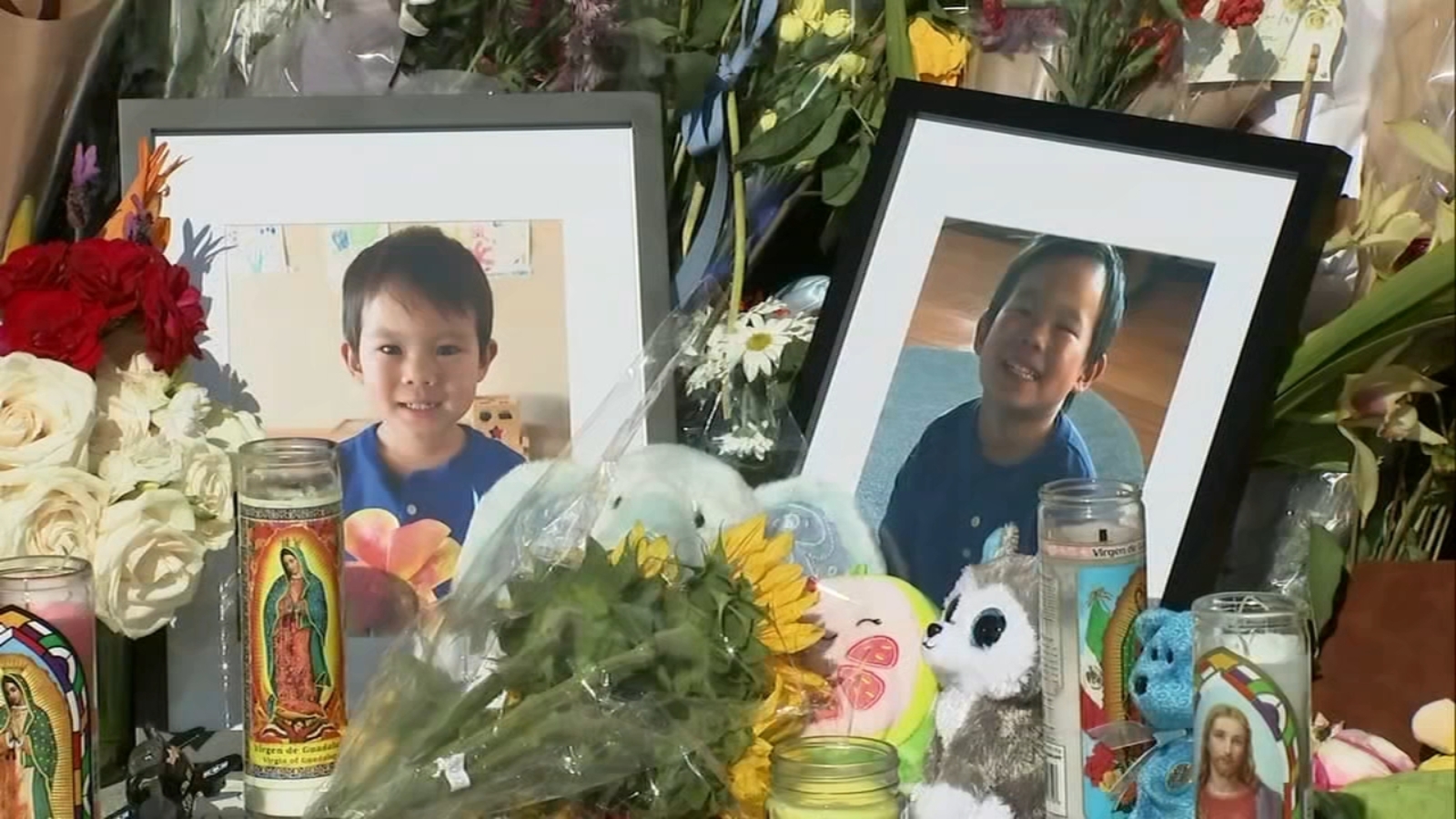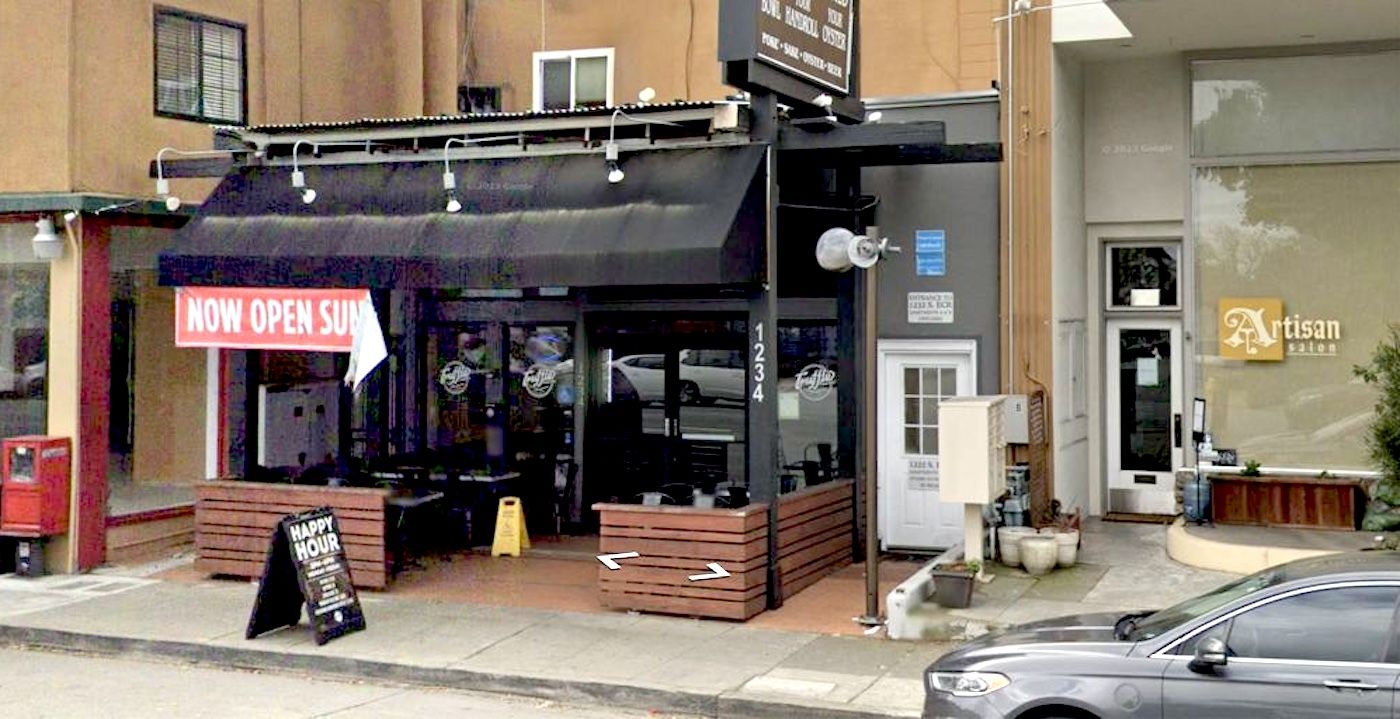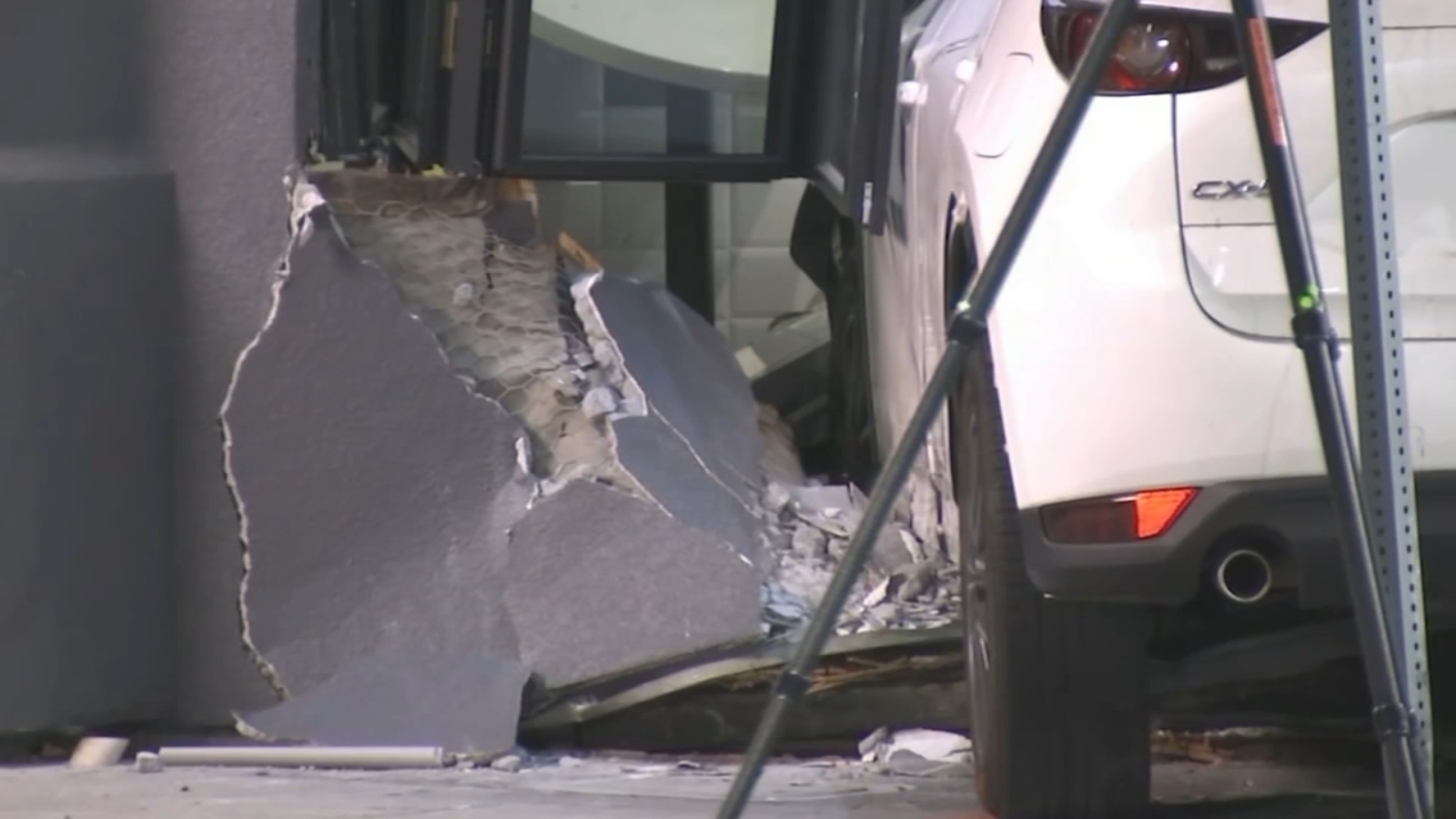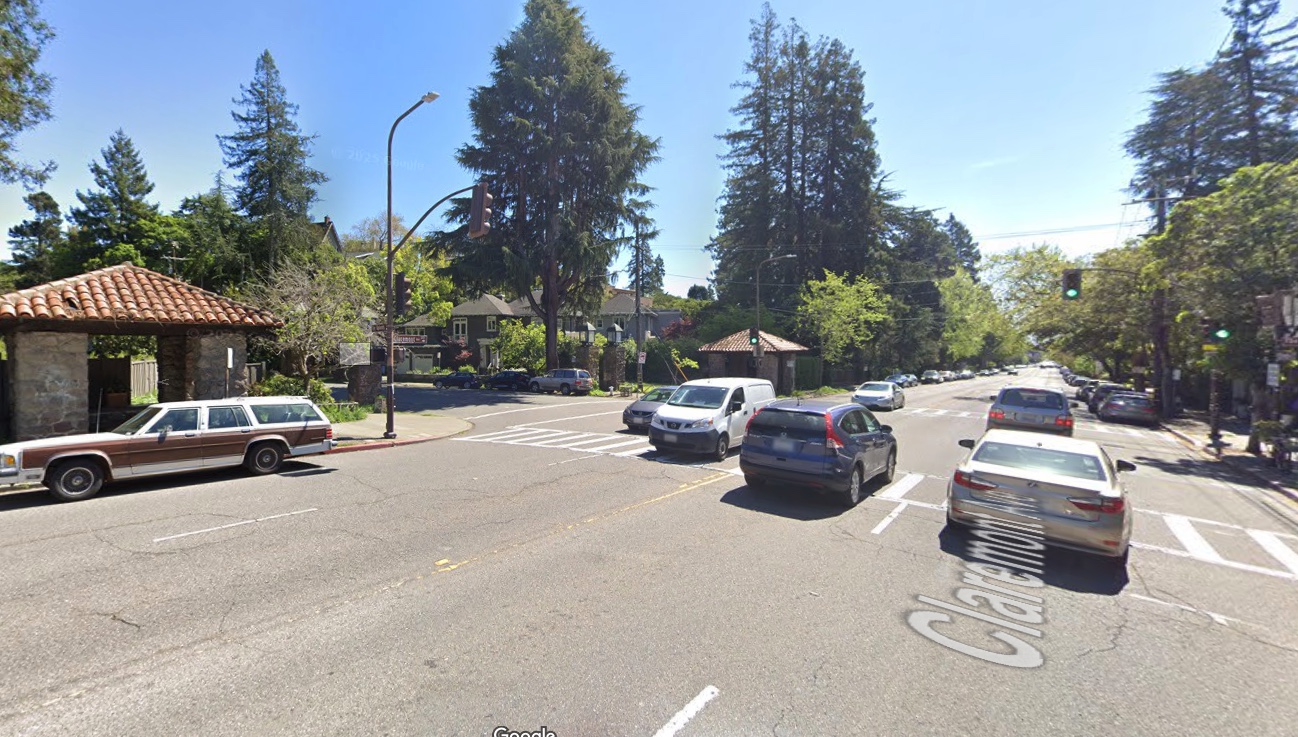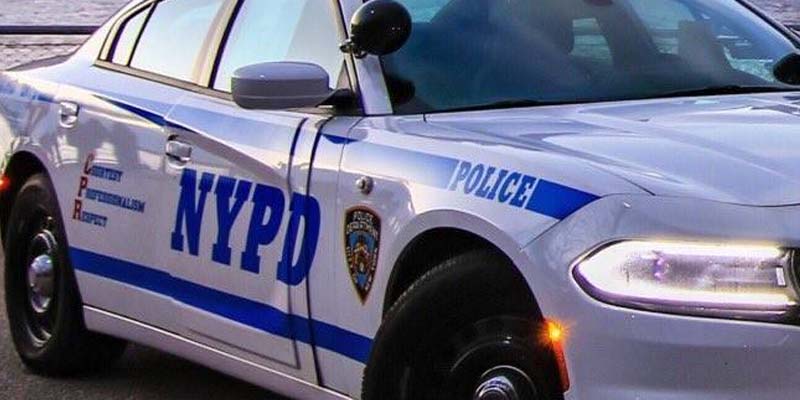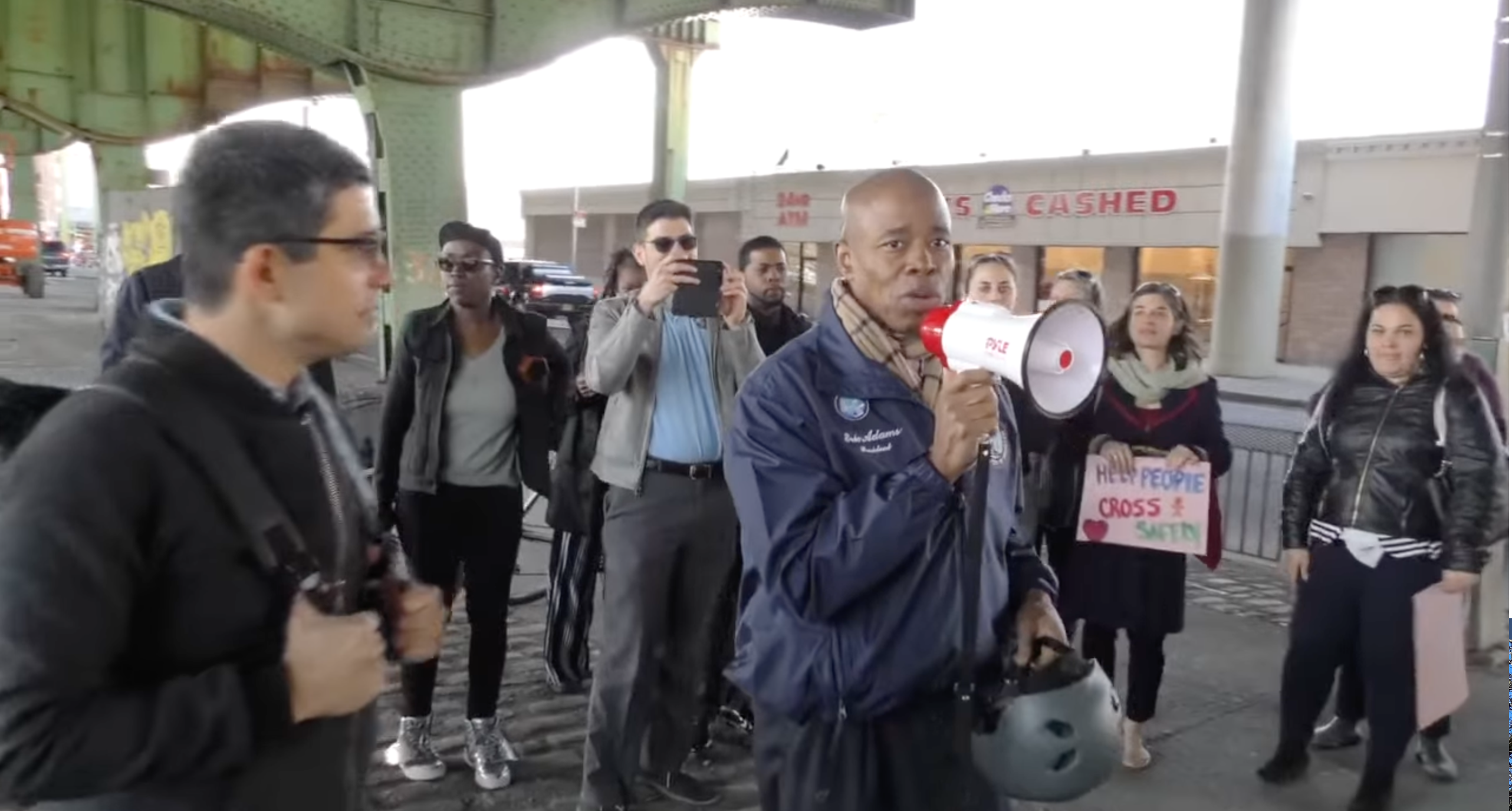#pedestrian-safety
#pedestrian-safety
[ follow ]
#brooklyn #traffic-safety #traffic-incident #daylighting #traffic-calming #urban-planning #traffic-fatalities
Public health
fromStreetsblog
4 days agoA Car Driver Ripped Off a Woman's Leg in Broad Daylight - Streetsblog New York City
Dangerous driving on sidewalks injures pedestrians daily; one incident severed Margaret Duffy's leg and city agencies underreport and underreact despite thousands of annual injuries.
UK politics
fromwww.standard.co.uk
1 week agoRevealed: 'Unofficial' zebra crossings are putting brakes on selfish London drivers
Low-cost side-road painted zebra crossings doubled driver compliance to about 80%, significantly increasing motorists stopping to let pedestrians cross and boosting junction safety.
fromIndependent
2 weeks agoRed lights and red tape: Why Ireland is lagging behind on pedestrian safety
One in four road deaths this year were pedestrians, despite huge investment in our walking and cycling infrastructure. We talk to safety campaigners and experts on stalled 30kmh speed limits and the slow pace of change Every day, Ireland invests more than €1m in walking and cycling infrastructure, aiming to make its streets safer for everyone. But rising casualty numbers reveal just how much there is still to do.
Miscellaneous
New York City
fromwww.amny.com
1 month agoAdvocates push universal daylighting bill to ban parking at NYC street corners, but opponents say plan won't improve' traffic safety | amNewYork
Banning parking within 20 feet of crosswalks (universal daylighting) improves visibility and could reduce pedestrian injuries and child deaths; Intro. 1138 mandates barriers at intersections.
Miscellaneous
fromIrish Independent
1 month ago'Speed merchants in Lycra' on Cork greenway spark call for cycling speed limits to prevent accidents
Fast, inconsiderate cyclists on the 23 km Midleton–Mogeely–Killeagh–Youghal greenway are endangering walkers; council will consider signage and a safety plan including speed limits.
New York City
fromQNS
1 month agoNorth Conduit Avenue walking tour in Ozone Park reveals need for pedestrian-friendly infrastructure and planning - QNS
North Conduit Avenue in Ozone Park will receive pedestrian-friendly infrastructure and safety improvements following multiple deadly crashes and community-led planning efforts.
fromSan Jose Spotlight
1 month agoDUIs top list for most common crashes in Mountain View - San Jose Spotlight
In 2024, there were 336 reported collisions in Mountain View, 62 of which were primarily caused by driving under the influence, according to a report presented to the City Council earlier this month. Unsafe turns, unsafe speeds and failure to yield were also identified as frequent primary causes for crashes. The Mountain View police transparency dashboard, which provides data about traffic collisions going back to 2022, shows that driving under the influence was the primary cause of more crashes in 2024.
Public health
New York City
fromwww.amny.com
1 month agoDaylight saving time is this Sunday; City ramps up traffic enforcement as darkness falls earlier
The fall clock change brings earlier darkness and creates peak pedestrian danger during evening rush hours, so drivers must slow down, turn carefully, and remain vigilant.
fromThe Mercury News
1 month agoOpinion: Safer streets in Saratoga build stronger community
As the days shorten, a quick safety plug: If you're walking at dawn or after dusk, carry a small flashlight and wear something reflective. It makes a real difference in how early drivers see you. A lot of change is headed our way, so I want to talk plainly about traffic-what's coming, why some streets feel fast and what we can do together.
California
fromStreetsblog
2 months agoTuesday's Headlines: Wild on the Walk Side Edition - Streetsblog New York City
Take a picture, save the city. This just in from our friends at CHEKPEDS (which sort of stands for the Clinton-Hell's Kitchen-Chelsea Coalition for Pedestrian Safety): a new app that you need now more than ever. The same people who created the indepensible Crashmapper are back with "Walkmapper," which allows you to snap a picture of a streetscape defect and report it directly to the city and the elected official in that neighborhood. Manhattan Community Board 4 used it recently to report more than 200 missing pedestrian ramps! (It's also great for reporting a missing bike rack, a broken streetlight, or an ill-timed crosswalk light.)
New York City
fromStreetsblog
2 months agoEyes on the Bridge: Queensboro Bridge Bike and Pedestrian Paths Are Almost There - Streetsblog New York City
The markings on the former shared path are still the same, however, confusing people into taking the wrong side. And some of the entrances have few or no signs to make clear who should and who shouldn't use them. It's the latest wrinkle after decades of waiting to get a safe crossing for anyone not driving over the 116-year-old bridge - which includes more than 8,500 daily cyclists - after the Adams administration delayed the de Blasio-era project for years.
New York City
fromFast Company
2 months agoThese traffic lights use AI to always turn green for cyclists
The city is one of a growing number testing technology that uses sensors, anonymous data, and AI to make it easier to cross streets. Made by a company called VivaCity (known as Viva in the U.S.), the sensors can detect cyclists and pedestrians from more than 200 feet away. In some cases, someone on a bike might not need to stop at the corner. Pedestrians can keep walking without breaking their stride.
Artificial intelligence
California
fromwww.berkeleyside.org
2 months ago4 changes you'll notice on Southside Berkeley's redesigned streets
Berkeley completed a $16.5 million Southside Complete Streets project adding protected bike lanes, bright-red bus lanes and pedestrian improvements to enhance safety and sustainable travel.
fromwww.npr.org
2 months ago8 walking and biking safety tips that just might save your life
They're a crucial part of pedestrian and cyclist safety, and more people should practice them, says Ryan Sharp, a transportation consultant with Alta, a transportation design firm. "It means paying attention to your surroundings and having a constant awareness of the environment so you can anticipate potential hazards," he says. Because if you're a biker or a pedestrian and you get hit by a car, you're likely to be the more injured one.
Public health
fromLondon Business News | Londonlovesbusiness.com
2 months agoDrivers risk penalties of 5,000 for wet weather driving mistake - London Business News | Londonlovesbusiness.com
Drivers must be aware of the rules of the road to help keep everyone safe and avoid mishaps like splashing pedestrians, that could end up costing them thousands or adding points to their licence. Motorists need to be extra careful when travelling in the rain, slowing down to allow more time to react to unknown situations and doubling the following distance from the vehicle in front to four seconds, as the vehicle will take longer to come to a stop on the wet road.
Cars
fromwww.cbc.ca
3 months agoDon't ditch speed cameras, Ontario municipalities association urge Ford | CBC News
The association representing Ontario's municipalities is urging Premier Doug Ford to reconsider his plan to get rid of automated speed cameras, saying it will put pedestrians at risk. Ford reacted to news earlier this week that 17 automated speed cameras were cut down in Toronto over two nights, saying if municipalities don't ditch them, he will. The premier called the cameras a "cash grab," and suggested that "big huge signs" and "big flashing lights" would more effectively deter speeding.
Toronto
New York City
fromStreetsblog
3 months agoJay Z-Backed Times Square Casino Shrinks Sidewalks and Bus Lanes to Serve More Cars - Streetsblog New York City
Caesars Palace Times Square proposal would remove a bus lane and shrink sidewalks, increasing private car and for-hire vehicle traffic and worsening pedestrian safety.
Public health
fromSocial Media Explorer
3 months agoTop 5 States for Pedestrian Deaths in 2023 - California, Texas, and Florida Lead the List - Social Media Explorer
More than 4,000 pedestrians died in California, Texas, Florida, Georgia, and New York in 2023, driven largely by distracted walking and unsafe roadway design.
UK news
fromwww.independent.co.uk
3 months agoLondon bus crash latest: Several injured after bus crash outside Victoria station
Pedestrian safety at Victoria bus station has been linked to multiple fatal incidents, prompting closures and improvement works to address hazardous layouts and accessibility.
fromABC7 San Francisco
3 months agoWaymo, premium rideshares can now drive on car-free corridor of SF's Market St. for limited service
"Muni has become 14% faster and more reliable, and the number of roadway crashes and injuries on Market Street has decreased 40% since the since this part of Market Street was made exclusively, exclusive for people walking, biking and taking public transportation," said Luke Bornheimer with Streets Forward.
San Francisco
fromStreetsblog
5 months agoUniversal Daylighting Has Majority Support on the City Council - Will Speaker Adams Give It a Vote? - Streetsblog New York City
The bill would prohibit cars from parking within 20 feet of intersections to improve visibility where pedestrians cross from behind parked cars.
New York City
[ Load more ]


